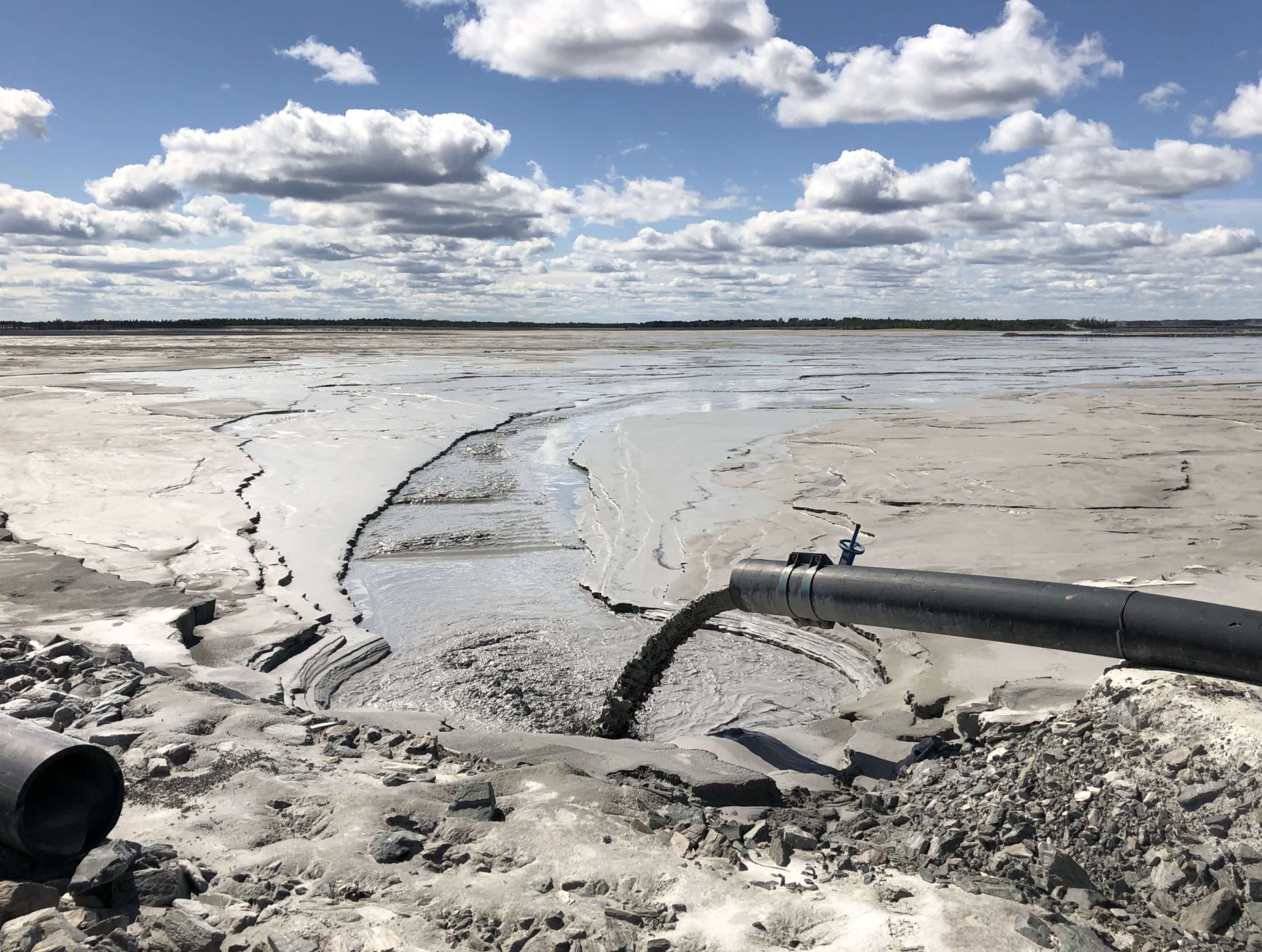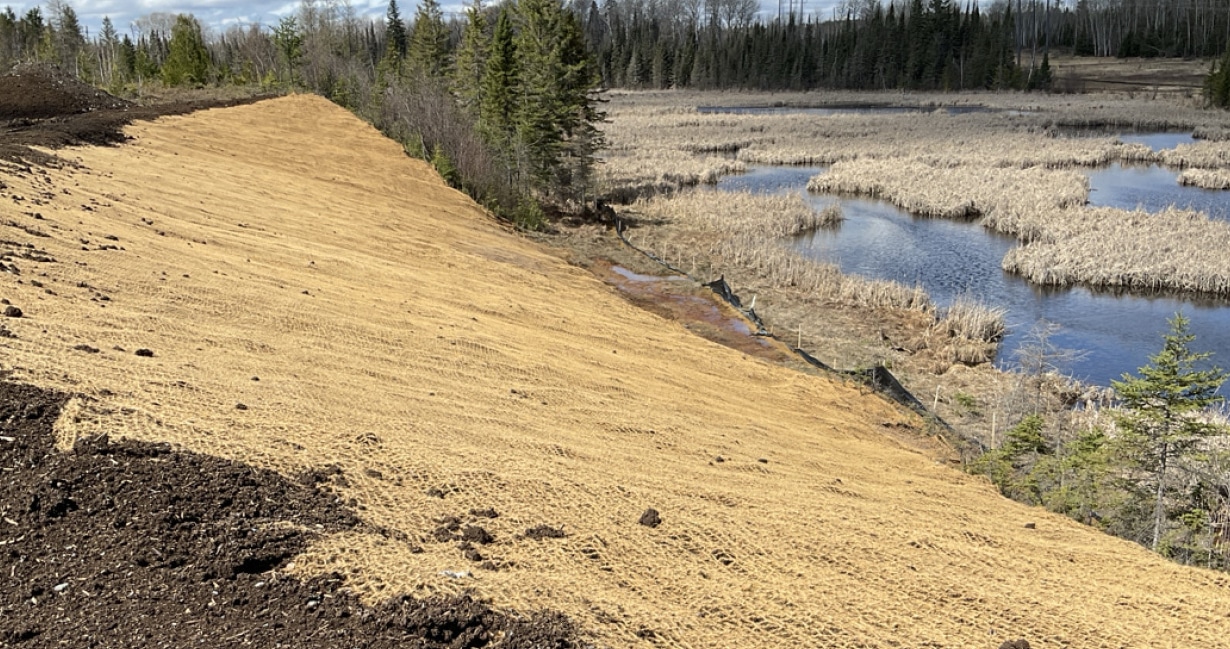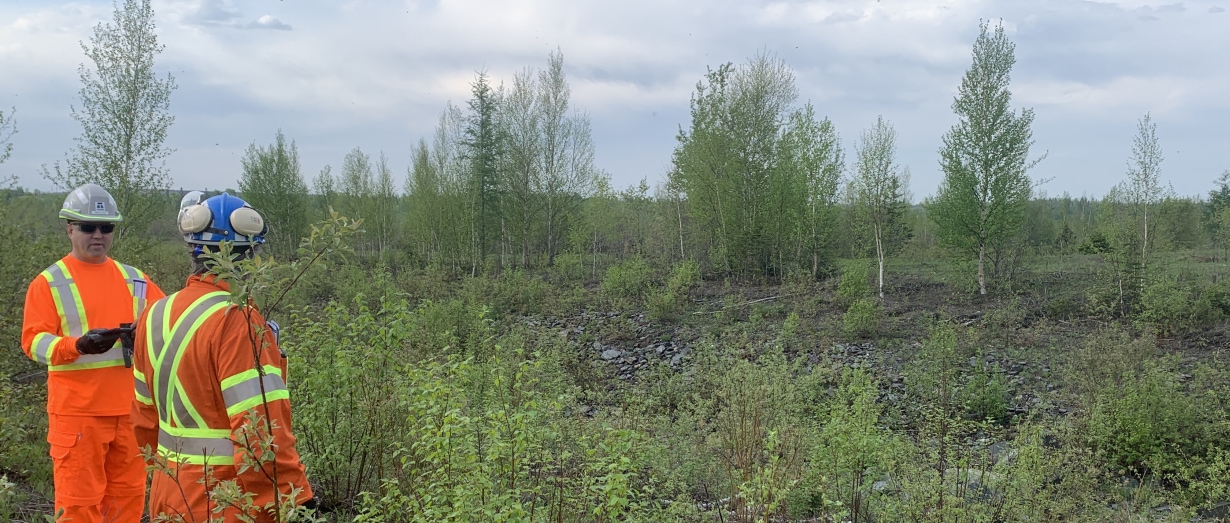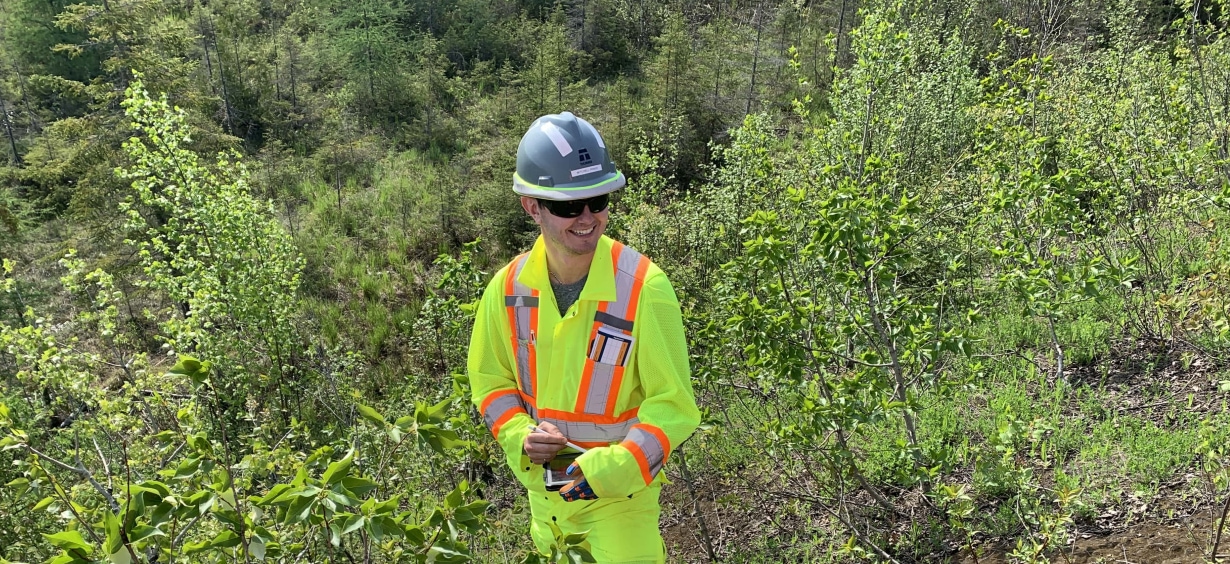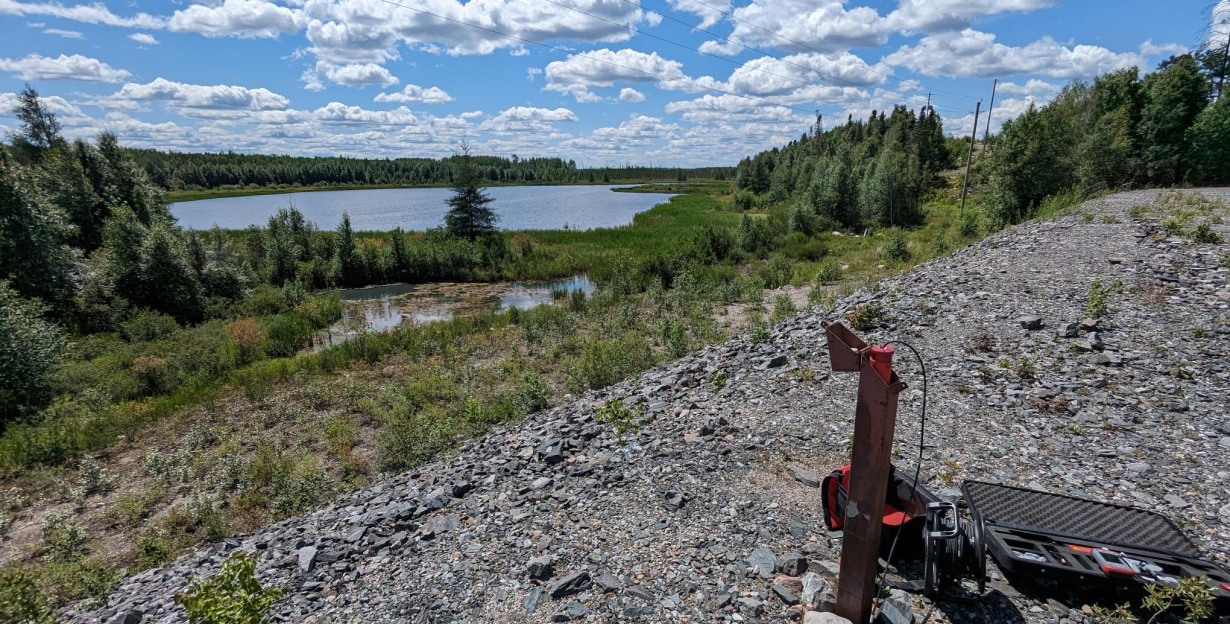Full Lifecycle
Support
Providing solutions from facility conception to closure
Mining dams and tailings facilities need to be designed and managed in a way that protects the people, communities, and environment. Thurber has a long history of involvement on major tailings and mining dam projects in Canada including massive tailing impoundments associated with Alberta’s Oil Sands and gold mines in Ontario.
Our engineers support our clients through all phases of a facility's lifecycle from technology roadmaps (options and selections of technology for tailings management), conception, feasibility, and facility design, through operation, active care and maintenance, to ensuring that dormant facilities are sustainably and safely prepared for closure.
How has GISTM transformed Our
approach to tailings management?
The Global Industry Standard on Tailings Management (GISTM 2020), which was developed in response to the Brumadinho Tailings Failure and the tragic loss of 270 lives, has transformed the way in which mining conducts tailings management in the following ways:
- Identification and understanding of risk and how it affects all aspects of risk informed design.
- A diligent and conscientious approach to the provision of Engineer-of-Record services (EoR).
- Careful training and integrated communication for a team-based approach to all projects.
- Proactive response to recent client needs arising from GISTM and related Canadian Dam Association (CDA) and other guidance, as well as regulation changes. We are responding to client
needs in the following areas:
- Validation of GISTM and Mining Association of Canada (MAC) guidance.
- Tailings Characterization
- Advanced Geotechnical Lab Testing
- Breach and Inundation Assessment
- Tailings Harvesting
- Development of Triggered Action Response Plans (TARPs) and Quantified Performance Objectives (QPOs)
- Operations, Maintenance, and Surveillance (OMS) Manual
- Emergency Planning and Response Plan (EPRP) Development and Updating
- Compilation of Operations History and Construction Record Review
- Our knowledge of GISTM has translated into many technical papers and seven of these relevant Thurber authored papers are found below.
Improving the Defences of Tailings Dams
It’s all very well to list all the new regulations, guidelines, and precautions that should be followed in designing, building, operating, and closing tailings dams. However, the real question is: how does one actually improve the defences of tailings dams?
Thurber engineers have been active over the past decade in raising the bar with regard to characterization, analysis, design, and management standards regarding tailings. Some of these advances have been published.
Listed below are seven key papers which describe significant advances. Click on the title to read the papers:
- Improve defences against liquefaction risk
- Track leading indicators rather than lagging indicators of tailings failure
- Pursue best available technology (BAT) and improve best applicable practice (BAP)
- Improve design interventions and remedial measures
- Do not neglect dormant tailings dams
- Pursue technology development with intentionality
- Task the Engineer-of-Record (EOR), dam executives, and other key dam safety personnel with specific responsibility
Dams and Tailings Services
Many of our designs are complex and take multiple phases and many months to complete. Some of the key tasks are:
- Feasibility assessment
- Characterization of foundation, embankments, and tailings
- Conceptual design
- Slope stability analysis
- Liquefaction assessment
- Seepage analysis
- Deformation analysis
- Design of dam transitions (e.g. between dams and abutments)
- Detailed design, construction drawings, and specifications
- Site supervision
Sometimes, we are designing a piece of the puzzle or a remedial structure.
As Designer of Record, Thurber designs essential elements for dams and tailings facilities. Our services include:
- Leading the multi-disciplinary engineering team effort (geotechnical, structural, hydraulics, materials, environmental) to create a safe, robust design
- Providing the client with detailed design documents, drawings, and specifications that verify that the dam is built according to the approved design
- Construction oversite, including quality assurance and quality control, regular inspections, and construction materials testing
A qualified independent Engineer of Record (EOR) works with facility managers and operators to confirm that the facility is managed with appropriate concern for the integrity and safety of
the facility, surrounding communities, and the environment. The EOR verifies that the facility meets applicable regulations, statutes, guidelines, codes, and standards. Thurber's EORs work
with our clients through all phases of a facility’s lifecycle: from design, construction, commissioning, operation, and decommissioning. We help develop operations, maintenance, and
surveillance (OMS) manuals, emergency preparedness and response plans (EPRPs), and design basis reports.
We support existing dams and tailings facilities by providing independent onsite inspections and desktop reviews to evaluate the design, construction, maintenance, operation, systems, and
processes that affect a dam’s safety and performance as required by the facility's consequence classifications. Thurber reviews include:
- Expert members of Independent Tailings Review Boards (ITRB) and Geotechnical Review Boards (GRB).
- Independent design reviews as statutorily specified by regulation, GISTM, and other guidelines.
- Reviews of entire third-party designs or elements thereof.
- Leading or participating in risk assessments, including Failure Modes and Effects Analysis (FMEA).
Our reviews help owners improve overall dam safety by analyzing failure modes and effects, reviewing seismic and static liquefaction, and helping our clients develop emergency preparedness and response plans. Thurber provides independent tailings dam design and safety reviews for dams and tailings facilities around the world.
A key focus of mine closure is the reclamation of tailings or mine waste facilities. Successful reclamation of tailings facilities requires achievement of slope stability and sufficient
consolidation to ensure a stable, well-drained landform. In the oil sands sector, much attention has been paid in recent years to tailings consolidation, treatment of fluid fine tailings and
reclamation technologies. Thurber provides input into dam safety closure strategies, remediation options, regulatory requirements, long-term client needs, and failure modes and effects.
Thurber favours a long-term approach to closure whereby the contents of the tailings facility are rendered inherently stable and are not abandoned such that the tailings are in a liquefiable state.
Over the past decade, Thurber has established an advanced geotechnical testing laboratory in Calgary. Independent assessments conducted by the University of Western Australia have confirmed the leading-edge nature of the services which we provide.
Through the tests that we conduct, our geotechnical engineers and laboratory technicians characterize the behaviour of a range of tailings and soil properties including strength, permeability, consolidation characteristics, and liquefaction susceptibility. Our laboratories serve dam and tailings clients across Canada and internationally, providing critical data to support complex geotechnical and design challenges.
Related Services
Engineering
Excellence
in Action
Building an overburden waste storage area over a tailings pond
When our oil sands client needed to expand their overburden waste storage area, they faced a space challenge. The solution was to build the storage area on top of an in-pit tailings pond. This solution posed several challenges including total and differential settlement of the dump and underlying tailings, stability of the potentially liquefiable tailings, softening of waste dump due to water ingress, proximity to active in-pit deposition areas, and space constraints. Thurber worked with the owner to improve the foundation of the dump and design the dump to store 50 metres of overburden. The foundation was capped with a 10 m thick track-packed sand layer. A shear key was placed within the first layers of the dump to provide additional shear resistance and self-healing against cracking, among other defenses. Additionally, Thurber provided laboratory testing and design services to assess the critical state behaviour of the underlying tailings and predict the dump's performance under load.


